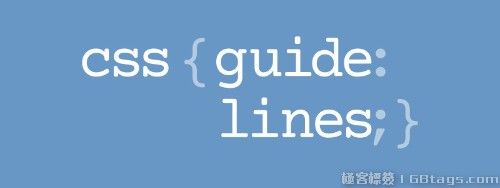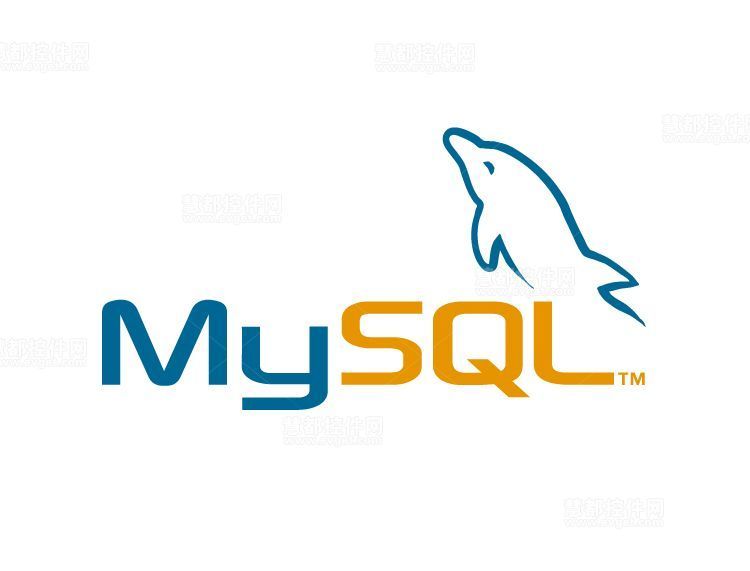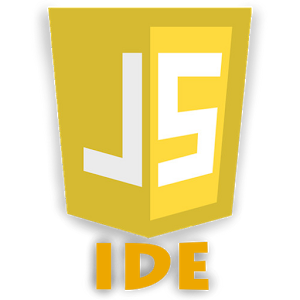10 recommended articles about date
What is PDO? Characteristics of PDO and how to install PDO What is PDO? PDO is the abbreviation of PHP Date Object (PHP Data Object). It is released together with PHP5.1 version. Currently supported databases include Firebird, FreeTDS, Interbase, MySQL, MS SQL Server, ODBC, Oracle, Postgre SQL, SQLite and Sybase, etc., with PDO, users no longer need to use mysql_* functions, aco_* functions or mssql_* functions, nor do they need to encapsulate them into database operation classes. They only need to use the methods in the PDO interface to perform operations on different databases. Operation, when selecting a different database, you only need to modify the DNS (database name) of PDO. In PHP 6, PDO is used to connect to the database by default. All non-PDO extensions will be removed in PHP 6. This extension provides PHP built-in class PDO to access the database. Different databases use the same method name to solve the problem of data
1. 10 recommended articles about odbc

##Introduction :What is PDO? Characteristics of PDO and how to install PDO What is PDO? PDO is the abbreviation of PHP Date Object (PHP Data Object). It is released together with PHP5.1 version. Currently supported databases include Firebird, FreeTDS, Interbase, MySQL, MS SQL Server, ODBC, Oracle, Postgre SQL, SQLite and Sybase, etc., with PDO, users no longer have to use...
2. How to use Queries? Summary of Queries instance usage

3.
About validate 10 recommended articles
 ##Introduction: We still need to complete a few things before we can figure out this method . Currently, we have implemented touch gestures and mouse dragging. // Resolve&a
##Introduction: We still need to complete a few things before we can figure out this method . Currently, we have implemented touch gestures and mouse dragging. // Resolve&a
4.
A brief discussion on the second interval core architecture design ##Introduction: The editor below will bring you a simple example of using Java to determine today, yesterday, and the day before yesterday, and the second interval cannot be used. The editor thinks it is quite good, and I will do it now. Share it with everyone and give it a reference. Let’s follow the editor and take a look. The examples are as follows: 1. json optString Parsed TimesTamp string 2.long dateSec = (long) ( Double.v...
##Introduction: The editor below will bring you a simple example of using Java to determine today, yesterday, and the day before yesterday, and the second interval cannot be used. The editor thinks it is quite good, and I will do it now. Share it with everyone and give it a reference. Let’s follow the editor and take a look. The examples are as follows: 1. json optString Parsed TimesTamp string 2.long dateSec = (long) ( Double.v...
5. Detailed introduction to the mysqli_affected_rows() function
 Introduction: This article mainly introduces the row number return value of mysqli_affected_rows in PHP. It analyzes the usage of normal mode and oop mode with examples. It has certain reference value. Friends who need it can Refer to the example in this article to analyze the row number return value of mysqli_affected_rows in PHP. I will share it with you for your reference. The specific analysis is as follows: The number of rows affected by the update operation in mysqli can be returned in two forms: 1. Return the number of matching rows 2. . Return the number of affected rows by default mysq...
Introduction: This article mainly introduces the row number return value of mysqli_affected_rows in PHP. It analyzes the usage of normal mode and oop mode with examples. It has certain reference value. Friends who need it can Refer to the example in this article to analyze the row number return value of mysqli_affected_rows in PHP. I will share it with you for your reference. The specific analysis is as follows: The number of rows affected by the update operation in mysqli can be returned in two forms: 1. Return the number of matching rows 2. . Return the number of affected rows by default mysq...
6. Recommended articles about sliding events in javascript
Introduction: We still need to complete a few things before we can figure out this method. Currently, we have implemented touch gestures and mouse drag. function addSlide(element, options) { // Validate arguments... // Resolve&a 7. 10 recommended articles about the Calendar class ##Introduction : In JDK1.0, the Date class is the only class that represents time. However, since the Date class is not convenient for internationalization, starting from JDK1.1 version, it is recommended to use the Calendar class for time and date processing. Here is a brief introduction to the use of the Date class. Friends who need it can refer to the Date class. In JDK1.0, the Date class is the only class that represents time. However, because the Date class is not convenient for internationalization, it has been changed from JDK1.1 version. To start, it is recommended to use the Calendar class for time and date processing. It’s simple here... 8. 10 recommended articles about modifying statements Introduction: To modify records, you can use the UPDATE statement. The syntax format is as follows: UPDATE data table name Set column_name = new_value1, column_name2 = new_value2,...[where condition] where , the Set clause indicates the columns to be modified and their given values, the where clause is optional, if given it specifies which row in the record should be updated, otherwise, all record rows will be updated. For example, suppose there is a table called a... 9. 10 recommended articles about installing PDO Introduction: What is PDO? Characteristics of PDO and how to install PDO What is PDO? PDO is the abbreviation of PHP Date Object (PHP Data Object). It is released together with PHP5.1 version. Currently supported databases include Firebird, FreeTDS, Interbase, MySQL, MS SQL Server, ODBC, Oracle, Postgre SQL, SQLite and Sybase, etc., with PDO, users no longer have to use... 10. What is a delete statement? Summary of usage of delete statement examples [Related Q&A recommendations]: Usage of git Reset in eclipsemysql storage json errormongodb command line insert date type error reportjavascript - element ui DateTimePicker can only limit time to dates, not specific times? mysql - Reason for sql error? 




The above is the detailed content of 10 recommended articles about date. For more information, please follow other related articles on the PHP Chinese website!

Hot AI Tools

Undresser.AI Undress
AI-powered app for creating realistic nude photos

AI Clothes Remover
Online AI tool for removing clothes from photos.

Undress AI Tool
Undress images for free

Clothoff.io
AI clothes remover

AI Hentai Generator
Generate AI Hentai for free.

Hot Article

Hot Tools

Notepad++7.3.1
Easy-to-use and free code editor

SublimeText3 Chinese version
Chinese version, very easy to use

Zend Studio 13.0.1
Powerful PHP integrated development environment

Dreamweaver CS6
Visual web development tools

SublimeText3 Mac version
God-level code editing software (SublimeText3)

Hot Topics
 CakePHP Project Configuration
Sep 10, 2024 pm 05:25 PM
CakePHP Project Configuration
Sep 10, 2024 pm 05:25 PM
In this chapter, we will understand the Environment Variables, General Configuration, Database Configuration and Email Configuration in CakePHP.
 PHP 8.4 Installation and Upgrade guide for Ubuntu and Debian
Dec 24, 2024 pm 04:42 PM
PHP 8.4 Installation and Upgrade guide for Ubuntu and Debian
Dec 24, 2024 pm 04:42 PM
PHP 8.4 brings several new features, security improvements, and performance improvements with healthy amounts of feature deprecations and removals. This guide explains how to install PHP 8.4 or upgrade to PHP 8.4 on Ubuntu, Debian, or their derivati
 CakePHP Date and Time
Sep 10, 2024 pm 05:27 PM
CakePHP Date and Time
Sep 10, 2024 pm 05:27 PM
To work with date and time in cakephp4, we are going to make use of the available FrozenTime class.
 CakePHP File upload
Sep 10, 2024 pm 05:27 PM
CakePHP File upload
Sep 10, 2024 pm 05:27 PM
To work on file upload we are going to use the form helper. Here, is an example for file upload.
 CakePHP Routing
Sep 10, 2024 pm 05:25 PM
CakePHP Routing
Sep 10, 2024 pm 05:25 PM
In this chapter, we are going to learn the following topics related to routing ?
 Discuss CakePHP
Sep 10, 2024 pm 05:28 PM
Discuss CakePHP
Sep 10, 2024 pm 05:28 PM
CakePHP is an open-source framework for PHP. It is intended to make developing, deploying and maintaining applications much easier. CakePHP is based on a MVC-like architecture that is both powerful and easy to grasp. Models, Views, and Controllers gu
 CakePHP Creating Validators
Sep 10, 2024 pm 05:26 PM
CakePHP Creating Validators
Sep 10, 2024 pm 05:26 PM
Validator can be created by adding the following two lines in the controller.
 How To Set Up Visual Studio Code (VS Code) for PHP Development
Dec 20, 2024 am 11:31 AM
How To Set Up Visual Studio Code (VS Code) for PHP Development
Dec 20, 2024 am 11:31 AM
Visual Studio Code, also known as VS Code, is a free source code editor — or integrated development environment (IDE) — available for all major operating systems. With a large collection of extensions for many programming languages, VS Code can be c






